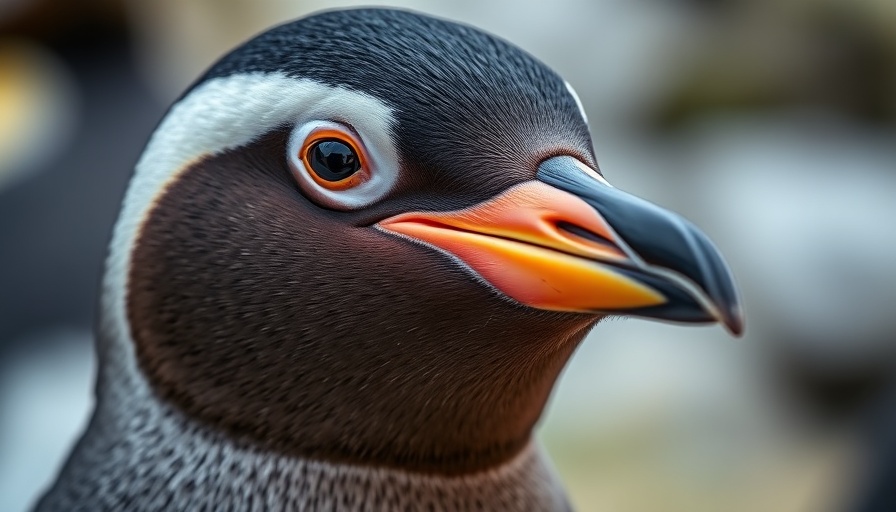
¿Los pingüinos sonrojan o se enrojecen?
Los pingüinos, con su icónica apariencia y simpáticas personalidades, han capturado la atención de muchas personas, pero hay un fenómeno detrás de su coloración que genera curiosidad. En particular, el pingüino de Humboldt, que vive en la costa del Pacífico de Chile y Perú, presenta una particularidad fascinante en días calurosos. Las altas temperaturas en el terreno pueden alcanzar más de 37 grados Celsius, lo que obliga a estas aves a adoptar mecanismos de enfriamiento. En este contexto, los parches de piel desnuda en su cara, debajo de sus alas y en los pies cobran relevancia. En situaciones de calor extremo, estas áreas se tiñen de un intenso color rosa debido a que la circulación sanguínea se incrementa, lo cual puede dar la impresión de que los pingüinos están "sonrojando" como los humanos. Sin embargo, los científicos aclaran que este proceso es más bien una adaptación fisiológica al calor que una reacción emocional.
La adaptación de los pingüinos al calor
La naturaleza ha diseñado a los pingüinos, en especial a las especies del género Spheniscus, con mecanismos improbables para sobrevivir tanto en climas fríos como en cálidos. Estos vibrantes parches rosa son parte de una respuesta fisiológica más amplia que incluye la dilatación de los vasos sanguíneos, la cual facilita la disipación del calor excesivo a través de la piel. Este fenómeno, conocido como vasodilatación, no solo ayuda a mantener la temperatura corporal adecuada, sino que también es vital para su supervivencia en climas que pueden variar dramáticamente de uno a otro. Según un estudio, los pingüinos poseen una red vascular eficaz llamada Rete Tibiotarsale, que les ayuda a regular su temperatura corporal, permitiéndoles retener hasta un 65% de su energía metabólica. Esta estructura anatómica es un claro ejemplo de cómo la evolución ha favorecido adaptaciones enfocadas en el éxito térmico.
Implicaciones para la conservación
A medida que el cambio climático sigue afectando los patrones térmicos en todo el mundo, entender las adaptaciones de los pingüinos puede ofrecer valiosas pistas sobre cómo proteger y conservar a estas aves emblemáticas. El aumento de las temperaturas en su hábitat natural representa una amenaza significativa, haciendo que mecanismos como el Rete Tibiotarsale sean esenciales para la supervivencia a largo plazo de los pingüinos. Conservar su entorno y reducir las fuentes de estrés térmico son pasos fundamentales para garantizar la salud de estas poblaciones en peligro de extinción.
En conclusión, aunque el fenómeno de los parches rosados en los pingüinos pueda parecer un curioso sonrojo, es fundamental recordar que es una adaptación a su entorno. Con ello, estamos un paso más cerca de comprender cómo los pingüinos han sobrevivido durante milenios y cómo podemos ayudarles en el futuro.
 Add Row
Add Row  Add
Add 




Write A Comment